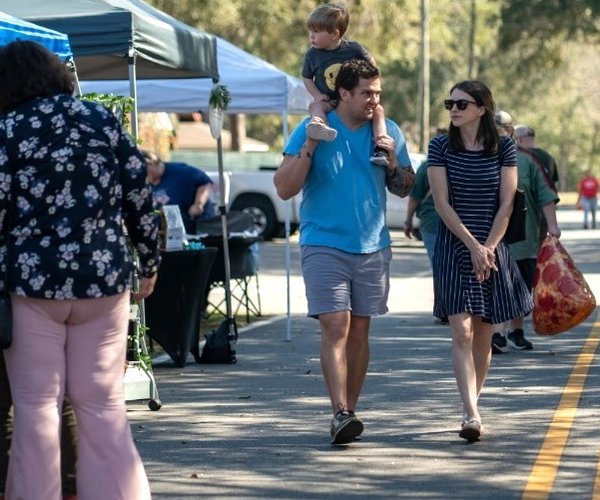Homes in suburbia are getting closer together. Lot sizes are shrinking and houses are getting bigger. Space is limited and privacy is at a premium.
Screens block views and can be created by the proper placement of any object or plant. Walls, trellises with vines, buildings, fences and hedges can be used as screens. Screens can maximize space and privacy.
Screens have many uses. A fence, hedge or wall can be constructed at the edge of a yard to delineate the property line. A screen can block an unwanted view of your neighbor’s home and can block unwanted viewing of your home by your neighbor. Have you ever been inside your neighbor’s house when you realize you can look down from their second story right into your own bathroom?
A screen can make a small yard seem much bigger by blocking views from certain vantage points. By strategically placing a hedge or a fence in direct sight of a window of your home or from the porch, you can hide the fact that you live on a quarter of an acre. Forcing people walking through the yard to maneuver around a single fence panel or shrub, you increase their travel time and distance makes the space seem larger.
Walls and fences can be made out of many different materials. Wood slats, pre-constructed wooden panels, metal panels, vinyl, and brick can all be used to construct fences and walls for screens. Fences and walls can be covered in vines to soften their look. Lately, rolled reed mat fencing has become popular.
My favorite screens are created with plants. Not all plants make good screens however and some plants that form nice screens rapidly get diseased and die. Remember the Red Tip Photinia? One of the most common mistakes I see today is the overuse of Leyland cypress as a screen. Leylands get really big! The largest one in the world is well over 100 feet tall and nearly 50 feet wide.
The best plants for screens are evergreen plants such as hollies, Osmanthus, and magnolia. “Nellie R. Stevens,” “Mary Nell” and “Emily Bruner” are three hybrid hollies that are great in full sun areas. All three grow rapidly, form dense screens when planted as hedges and bear beautiful red fruit. “Bracken’s Brown Beauty,” “Little Gem” and “D.D. Blanchard” are good magnolias that make very effective and attractive hedges. In shade, Osmanthus x fortuneii makes an excellent evergreen barrier. Evergreen vines such as Carolina Gessamine and Creeping Fig cover walls and trellises and are attractive screens.
Screens are an essential part of any suburban garden. Privacy is invaluable and worth the investment. A screen will pay for itself in no time.
Thanks to Stephen Pettis, Rockdale County ag agent, for writing this article on planting a privacy screen.
For more information or questions, contact Sam Ingram at 754-8040 or singram@uga.edu.








